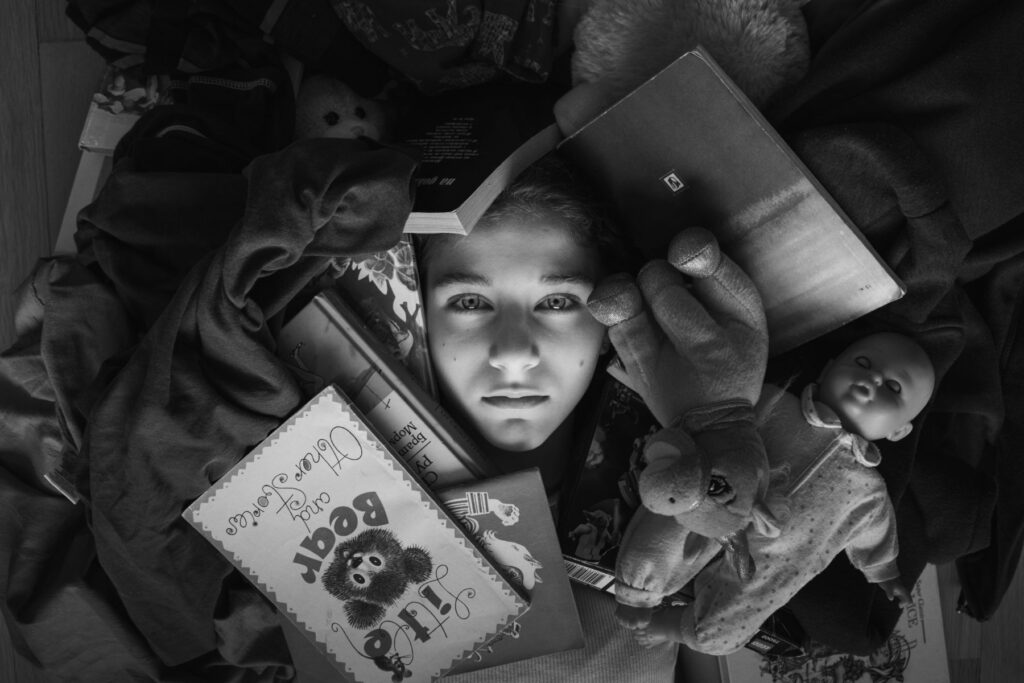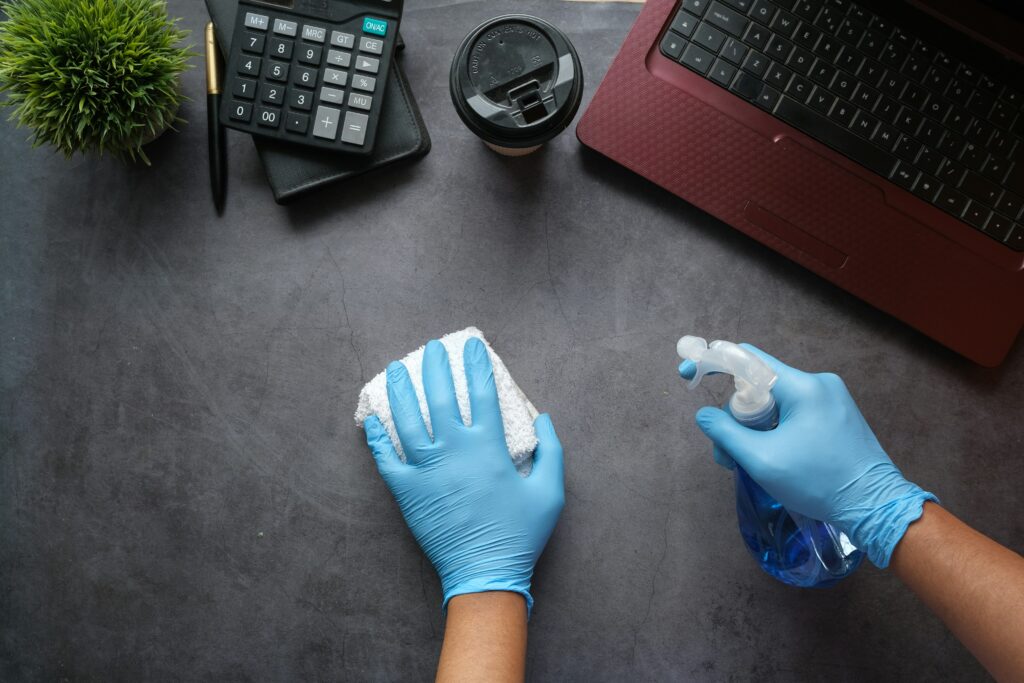There can be days when everything feels a little too loud inside.
Your to-do list isn’t outrageous, but for some reason, you can’t focus. You keep mentally replaying something someone said three days ago. You feel heavy and distracted—even after resting. It’s not always stress.
It’s not exactly burnout. It’s something more subtle, yet just as draining.
That, right there, is emotional clutter.
Just like physical clutter fills up our space and makes it hard to think, emotional clutter fills our inner world—making it harder to be present, make decisions, or feel calm. And because it’s invisible, we often ignore it… until it spills over.
Let’s talk about what emotional clutter actually is, how to know when you’re carrying too much, and how to start letting go—gently, and at your own pace.
What is Emotional Clutter?

Emotional clutter is the buildup of unprocessed feelings, unresolved thoughts, and unfinished emotional “loops” that occupy mental space. It’s the weight of guilt, the echo of past conversations, the tension of obligations we didn’t say no to.
It’s the quiet noise that lives in the background and keeps us from feeling clear.
Think of your mind like a browser. When too many tabs are open—some from yesterday, some from last year—it slows everything down. Emotional clutter works the same way.
In psychology, this links to something called the Zeigarnik Effect, which says that unfinished thoughts or tasks are more likely to stick in our minds. We tend to mentally hold on to incomplete or unresolved experiences, even if we’re not aware of it.
Over time, this buildup can show up as anxiety, fatigue, irritability, or just feeling “off.”
Signs You Might Be Carrying Emotional Clutter
Not sure if this is you? Here are some clues:
- You overthink things that already happened
- You struggle to make small decisions
- You feel emotionally tired, even when life is “fine”
- You replay conversations in your head
- You find it hard to focus or stay motivated
- You feel like you’re carrying things that aren’t even yours
Sometimes emotional clutter comes from trying to be too many things to too many people.
Sometimes it’s just the quiet accumulation of days when we didn’t have space to feel.
How to Start Decluttering Your Inner World

You don’t need to “fix” everything at once. Think of emotional decluttering like slowly opening a window to let fresh air in. Here are some gentle ways to begin:
1. Name What’s There
Set a timer for five minutes and write, voice-note, or think through what’s been weighing on you.
Try not to filter. Just let it spill.
Sometimes, the simple act of naming an emotion—frustration, guilt, fear, resentment—helps release some of its hold. Your feelings want acknowledgment, not analysis.
2. Let Go of What Isn’t Yours
Ask yourself: What am I carrying that doesn’t belong to me?
Maybe it’s someone else’s expectations. Maybe it’s a role you’ve taken on out of habit. Maybe it’s tension you absorbed from someone else’s mood.
Repeat this phrase if it helps: “I release what isn’t mine to hold.” Say it out loud. Say it often.
3. Finish the Emotional Sentence
We often suppress uncomfortable emotions because we don’t know how they end. Try completing these:
- “I’m afraid that if I let myself feel ____, then ____.”
- “What I really wanted to say was ____.”
- “I’m holding on to ____ because ____.”
Let your answers surprise you. You don’t have to take action. Just let the sentence finish.
4. Create Emotional Containers
Instead of suppressing or leaking emotions throughout the day, give yourself 10–15 minutes of intentional time to feel. You can:
- Sit quietly and breathe into whatever’s present
- Cry in the shower
- Listen to music that matches your mood
- Write a letter you never send
When you give your feelings a safe container, they don’t have to take over everything else.
5. Practice Saying No
Decluttering your emotions also means guarding your energy. Say no to one thing this week that drains you. Let someone down gently. Set a boundary.
Every “no” is a way of saying “yes” to your peace.
When It All Feels Like Too Much

If this feels overwhelming—take a breath. You don’t need to declutter every emotional drawer at once.
Start with a corner. One feeling. One boundary. One sentence that needs to be finished. You can always come back to the rest.
Emotional clutter is invisible, but it’s real. And clearing it doesn’t require perfection—it just requires presence.
A Little Lighter Now
Letting go of what you’re carrying isn’t about erasing the past or fixing everything. It’s about choosing to give yourself space, kindness, and clarity.
If your emotional clutter feels tied to a deeper fatigue, you might need more than rest—you might need replenishment. Explore this in our guide on how to gently restore yourself when you’re tired—really tired. Or if you’re craving more everyday ways to reconnect with your emotions, learn how to create space for your feelings, even in the middle of a busy day.
As you begin this process, notice the shifts: a softer breath, a calmer decision, a little more room inside.
You don’t have to hold it all.
And you never had to do it alone.



No Comment